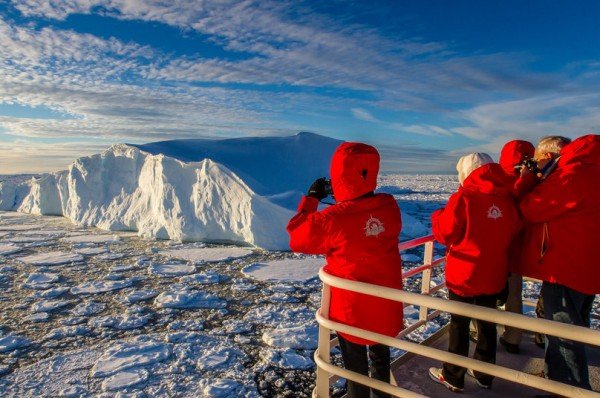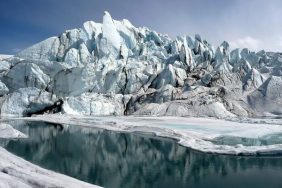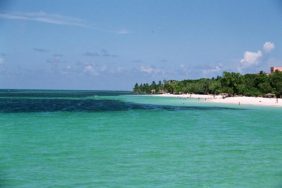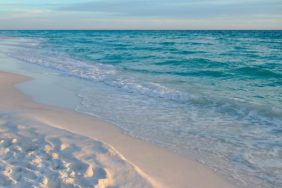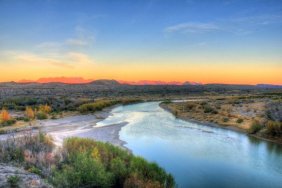To visit Antarctica generally means braving rough sea crossings aboard ice-strengthened vessels, but for those who do are rewarded with amazing scenery and tremendous interaction with unique wildlife.
This trip is an adventure of a lifetime as you’ll spend two weeks exploring the Antarctica Peninsula and surrounding islands and waterways aboard the National Geographic Explorer or sister-ship, the Orion.
With the comforts and amenities of a cruise, you’ll view mountains and towering icebergs, glide in sturdy Zodiac landing craft in search of leopard seals, and kayak through protected waters dotted with ice formations as penguins swim alongside.
Antarctica is a land of extremes: the coldest and driest continent on earth with the highest average elevation. As the fifth largest continent, it’s also the most southern, overlaying the South Pole. Scarcely touched by humans, this frozen land boasts spectacular scenery broken up by a few scientific bases and a permanent population of only a few thousand.
Get your camera ready to capture images from this once-in-a-lifetime trip. A National Geographic photographer accompanies each trip and can give helpful tips. Historians and naturalists are also on board as part of a team of diverse experts giving travelers rare access to information on the land and marine life they’ll encounter.
From Buenos Aires or Santiago you’ll fly to Ushuaia, Argentina, a bustling tourist city with an international airport. It’s also a cruise port and the closest deepwater port to the Antarctic and is the southernmost city in the world.
Enjoy lunch aboard a catamaran cruise on the Beagle Channel before boarding ship…then it’s out to sea for a crossing of the Drake Passage, a spectacular place to spot whales.
Antarctica is accessible only during the austral summer season November to March, months during which the sea ice melts enough for access. Coastal temperatures can rise as high as 57 degrees and there are 24 hours of daylight.
With those daylight hours there’s ample opportunity to explore as you travel. Along the way there are stops and the schedule is flexible to allow time for an after-dinner Zodiac cruise, or a day landing to hike, encounter wildlife, or kayak your way through a maze of icebergs.
At Paradise Bay you might hike to a mountain summit or kayak along a cliff-side rookery to spot blue-eyed shags. You can step ashore at Peterman Island to stroll among the thousands of gentoo penguins standing near the water. With flamboyant red beaks, white-feather caps, and peach-colored feet the gentoo penguins stand out against the drab, rock-strewn habitat. The island supports a breeding colony of about 3000 pairs. Other birds nesting here include Adelie penguins, imperial shags, Wilson’s storm petrels, and south polar skuas.
The ship docks at Neko Harbor, allowing time to climb high on an ice field for a panoramic view of peaks surrounding the calm bay. With every landing you’ll likely be greeted by scores of penguins.
By day eleven it’s back out to sea as the ship rounds the southernmost tip of South America where Atlantic and Pacific Oceans meet. The last night on board brings a farewell dinner and the opportunity to share your stories with fellow travelers before arriving back in Ushuaia for your flight home.
Depending on choice of shipboard accommodations, the price starts at $13,000. For more information, click here.
Photo credit: National Geographic
